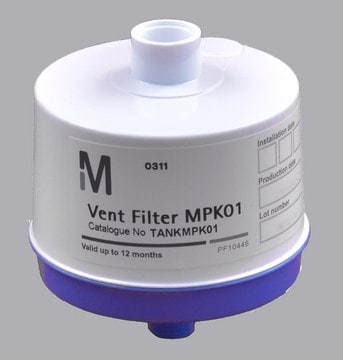W328707
Glycine
99%, FCC
Synonym(s):
Aminoacetic acid, Aminoethanoic acid, Glycocoll
About This Item
Recommended Products
biological source
synthetic
Agency
meets purity specifications of JECFA
reg. compliance
FCC
FDA 21 CFR 170.50
FDA 21 CFR 172.320
FDA 21 CFR 172.812
Assay
99%
form
crystalline powder
pKa (25 °C)
(1) 2.35, (2) 9.60
2.35
mp
240 °C (dec.) (lit.)
application(s)
flavors and fragrances
Documentation
see Safety & Documentation for available documents
food allergen
no known allergens
Organoleptic
odorless
SMILES string
NCC(O)=O
InChI
1S/C2H5NO2/c3-1-2(4)5/h1,3H2,(H,4,5)
InChI key
DHMQDGOQFOQNFH-UHFFFAOYSA-N
Looking for similar products? Visit Product Comparison Guide
Application
- From Collagen Mimetics to Collagen Hybridization and Back.: This study explores the use of glycine-rich collagen mimetics in developing hybridized collagen structures, offering insights into biocompatible materials and tissue engineering applications (Ratnatilaka Na Bhuket et al., 2024).
Biochem/physiol Actions
Disclaimer
Storage Class Code
11 - Combustible Solids
WGK
WGK 1
Flash Point(F)
Not applicable
Flash Point(C)
Not applicable
Personal Protective Equipment
Certificates of Analysis (COA)
Search for Certificates of Analysis (COA) by entering the products Lot/Batch Number. Lot and Batch Numbers can be found on a product’s label following the words ‘Lot’ or ‘Batch’.
Already Own This Product?
Find documentation for the products that you have recently purchased in the Document Library.
Customers Also Viewed
Our team of scientists has experience in all areas of research including Life Science, Material Science, Chemical Synthesis, Chromatography, Analytical and many others.
Contact Technical Service


